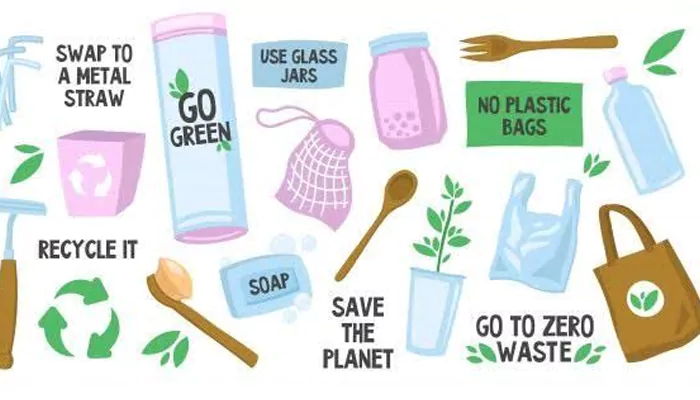India Witness 536 Heatwave Days in 2024 Summer: Shocking Trends to Expect in Coming Years
- Admin
- 1 year ago
- 3 minutes read

Over the last couple of years, one topic that has been trending globally is heatwave and associated change in the nature.
With mercury crossing over 40 degrees Celsius frequently, India has faced significantly higher temperature in this year for a long duration. As per scientific research, climate change is promoting heatwaves to become frequent, longer, and more intense. In a recent report, the meteorology department revealed some shocking heatwave trends. Let's discuss about those trends for more awareness.
Maximum Number of Heatwave Days:
“In 2024 summer, India experienced a total of 536 heatwave days, the highest after 2010 (578 days). In June, it experienced 181 heatwave days, surpassing 2010 (177 days),” Indian Meteorological Department (IMD) Director General Mrutyunjay Mohapatra said at a virtual press conference recently.
According to IMD mentioned definition: “Heat Waves are a period of unusually high temperatures as compared to what is normally expected over a region.”
Temperature Rise in Northern India: Mohapatra said: “monthly average maximum temperature in northwest India settled at 38.02 degrees Celsius, 1.96 degrees Celsius above normal. The average minimum temperature stood at 25.44 degrees Celsius, 1.35 degrees Celsius above normal.”
“Northwest India recorded a mean temperature of 31.73 degrees Celsius in June, 1.65 degrees Celsius above normal and the highest since 1901,” the report mentioned further.
Rainfall Deficit in Northern India: According to the IMD report: “Northeast India recorded a 33-per cent rainfall deficit in June.”
"Only one low-pressure area developed towards the end of June. Normally, we get three low-pressure systems. The Madden-Julian Oscillation was not favourable and therefore, we could not get enhanced convection and low-pressure systems," Mohapatra explained.
Long Dry Spells: The IMD had previously predicted 10 - 20 heatwave days in June, while the usual numbers are 4 - 8 days. Due to lack of western disturbances, the condition worsened further. Usually, India witness 4-5 western disturbance events in June, which was reduced this year, prolonging the heat stress.
Heatwave is Common to all Parts of India: The report mentioned: “20 to 38 heatwave days were recorded in different parts of east, north and central India, including Rajasthan, Madhya Pradesh, Punjab, Haryana, Chandigarh, Delhi, Uttar Pradesh, Himachal Pradesh, Odisha, West Bengal, Jharkhand, Bihar and Gujarat.” So, northern part of India is not the worst sufferer. It is prevalent throughout India.
The Worst is Yet to Come: Extreme heatwave is often considered as silent killer. We, the humans are to blame for this heatwave. The year 2023 was the hottest year since global temperature records, which was started in 1850. The result of climate change and global warming is much more visible in 21st century.
“Heatwaves will be more frequent, durable and intense, if precautionary or preventive measures are not taken,” Mrutyunjay Mohapatra said.
Heatwave & Vulnerable Human Health: Along with temporary impact, human health is becoming more vulnerable due to change in the weather. The most prominent impacts are dehydration, lethargy, muscle cramps, headache and skin disease. According to World Health Organisation (WHO): “Heat stress is the leading cause of weather-related deaths and can exacerbate underlying illnesses including cardiovascular disease, diabetes, and asthma. Heatstroke is a medical emergency with a high-case fatality rate.”
India reported over 40,000 heatstroke cases and more than 100 heat-related deaths this summer. In coming years, the number will increase along with water crisis.
Need for Sustainable Solution:
Amidst this increasing uncertainty, there is only one possible solution. It is adopting green infrastructure including green coloured house, roof, walls. From planting more trees to using renewable energy, the options are many, but the awareness is less.
“We are endangering not only ourselves, but also our future generations,” Mohapatra claimed.












